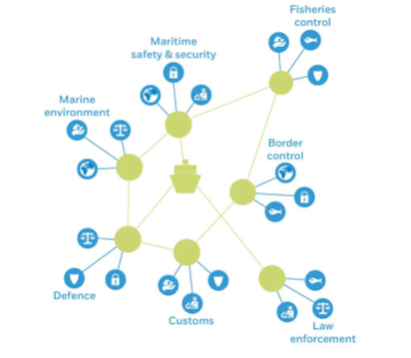High resolution Atlas of Surface Currents in South European seas
.png)
Sea surface currents are probably one of the most relevant variable for a variety of challenges concerning the the marine environment management (e.g. safe and efficient navigation, pollution dispersion, ecological connectivity, ...) . Within the framework of the MED OSMoSIS and COSMO projects, the ICM-CSIC has developed an atlas of surface and subsurface (depth ~ 15 m) currents for the Southern European seas: the Mediterranean basin and the Canary-Iberian-Biscay waters (Martinez et al., 2022). Surface Climatological Currents for May The Atlas is based on today’s state of the art reanalyses of the ocean circulation provided by the Copernicus Marine Environment Monitoring Service (CMEMS). Climatological values are computed from the median of the empirical probability density functions. The Atlas also includes the variance matrix as well as a bimodality index providing further quantitative information about temporal variability of the current at each location. Rose of currents and varia


